Hamilton Howard “Albert” Fish was an American serial killer, child rapist and cannibal. He was also known as the Gray Man, the Werewolf of Wysteria, the Brooklyn Vampire, the Moon Maniac, and The Boogey Man. Fish once boasted that he “had children in every state”, and at one time stated his number of victims was about 100. However, it is not known whether he was referring to rapes or cannibalization, nor is it known if the statement was truthful.
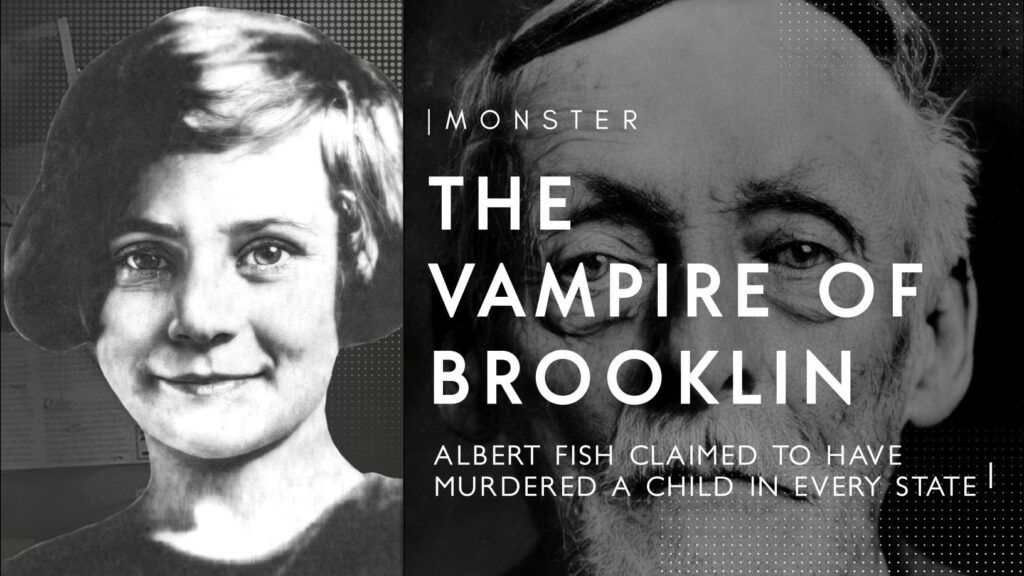
Victims Of The Serial Killer Albert Fish
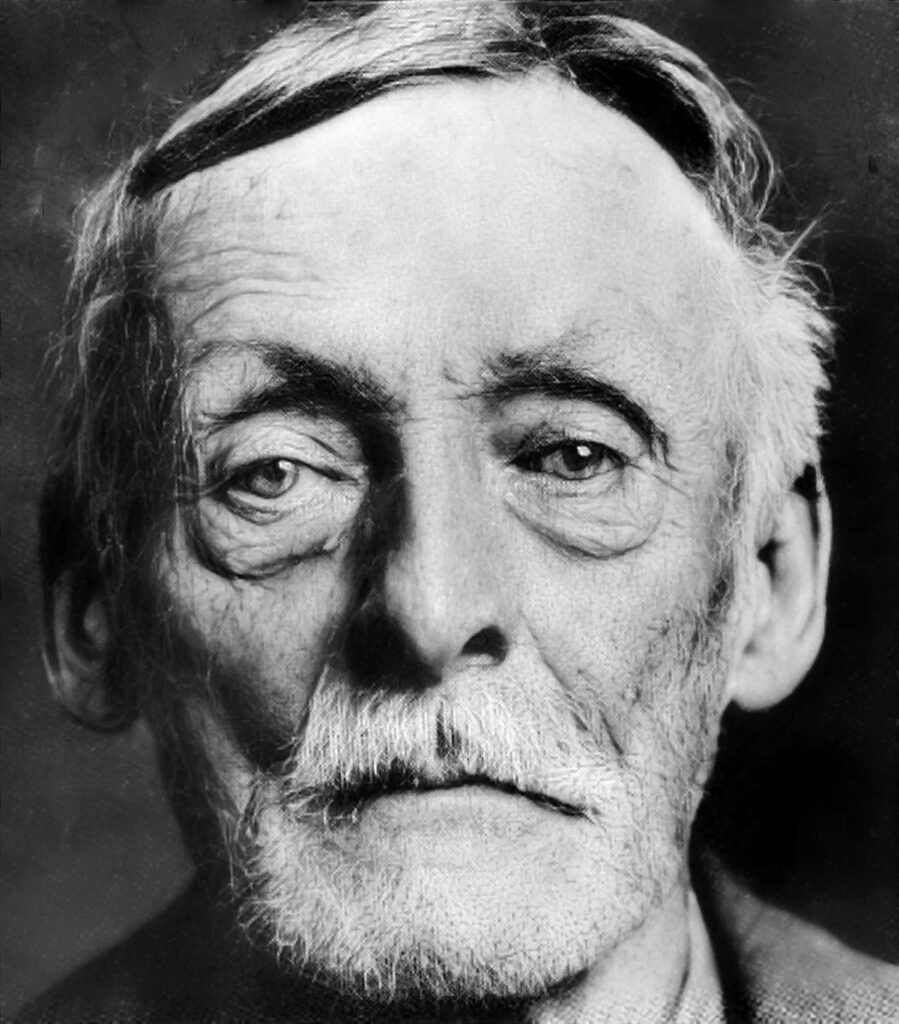
Fish was a suspect in at least five murders during his lifetime. He confessed to three murders that police were able to trace to a known homicide, and he confessed to stabbing at least two other people.
Known Victims
- Francis X. McDonnell, age 8, July 15, 1924
- Billy Gaffney, age 4, February 11, 1927
- Grace Budd, age 10, June 3, 1928
Suspected Victims
- Emma Richardson, age 5, October 3, 1926
- Yetta Abramowitz, age 12, 1927
- Robin Jane Liu, age 6, May 2, 1931
- Mary Ellen O’Connor, age 16, February 15, 1932
- Benjamin Collings, age 17, December 15, 1932
Fish was apprehended on December 13, 1934, and put on trial for the kidnapping and murder of Grace Budd. He was convicted and executed by electric chair on January 16, 1936, at the age of 65. His crimes were dramatized in the 2007 film The Gray Man, starring Patrick Bauchau as Fish.
Here’s What The Monster Acknowledged In His Twisted Letter To The Mother Of His Victim, Grace Budd
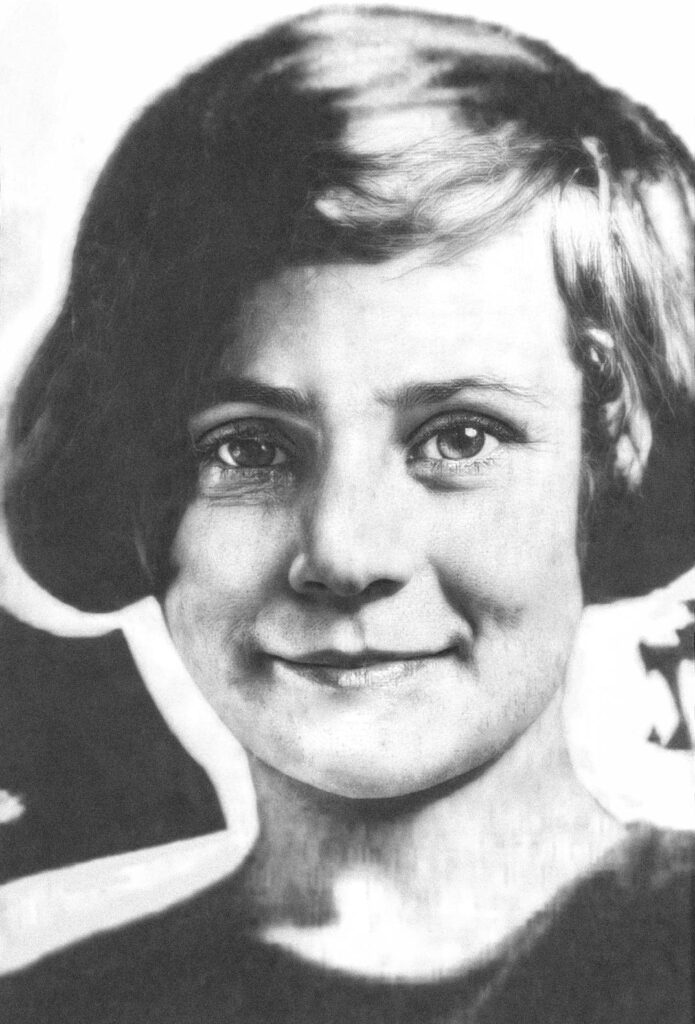
On May 25, 1928, Albert Fish read an ad in the paper that was posted by a young man named Edward Budd, and then he decided that he would murder Budd. Fish, by then an accomplished rapist and murderer, visited Budd’s family under the pretense of offering the man a job. But when he met his 10-year-old sister, Grace, Fish decided to change his intended victim.
The following is the letter that Fish sent anonymously to Grace Budd’s mother after killing and eating the little girl. This is the document that eventually led to the murderer’s arrest.
“My Dear Mrs. Budd,
In 1894, a friend of mine shipped as a deck hand on the steamer Tacoma, Capt. John Davis. They sailed from San Francisco to Hong Kong, China. On arriving there, he and two others went ashore and got drunk. When they returned, the boat was gone.
At that time, there was a famine in China. Meat of any kind was 1-3 dollars a pound. So great was the suffering among the very poor that all children under 12 were sold for food in order to keep others from starving. A boy or girl under 14 was not safe in the street. You could go in any shop and ask for steak, chops, or stew meat. Part of the naked body of a boy or girl would be brought out and just what you wanted cut from it. A boy or girl’s behind, which is the sweetest part of the body and is sold as veal cutlets, brings the highest price.
John stayed there so long that he acquired a taste for human flesh. On his return to N.Y., he stole two boys — one 7, one 11. He took them to his home, stripped them naked, and tied them up in a closet, and then burned everything they had on. Several times every day and night he spanked them — tortured them — to make their meat good and tender.
First, he killed the 11-year-old boy, because he had the fattest ass and of course the most meat on it. Every part of his body was cooked and eaten except the head, bones, and guts. He was roasted in the oven (all of his ass), boiled, broiled, fried, and stewed. The little boy was next, and he went the same way. At that time, I was living at 409 E. 100 St. He told me so often how good human flesh was, and I made up my mind to taste it.
On June 3, 1928, I called on you at 406 W. 15 St. and brought you pot cheese and strawberries. We had lunch. Grace sat on my lap and kissed me. I made up my mind to eat her.
On the pretense of taking her to a party, you said yes, she could go. I took her to an empty house in Westchester I had already picked out. When we got there, I told her to remain outside. She picked wildflowers. I went upstairs and stripped all my clothes off. I knew if I did not I would get her blood on them.
When all was ready, I went to the window and called her. Then I hid in the closet until she was in the room. When she saw me all naked she began to cry and tried to run down the stairs. I grabbed her and she said she would tell her mamma.
First, I stripped her naked. How she did kick, bite, and scratch. I choked her to death, then cut her in small pieces so I could take the meat to my rooms, cook, and eat it. How sweet and tender her little ass was roasted in the oven. It took me 9 days to eat her entire body. I did not fuck her, though I could have if I wished. She died a virgin.”
What’s About The Story In His Sick Letter?
The story of Captain Davis and the Chinese famine was never corroborated, but the description of Grace Budd’s death was accurate. Police used the information on the stationery paper Fish used to locate and detain him. Fish never denied the crime. He was executed by the electric chair in 1936 in New York’s Sing Sing Correctional Facility.
Every Criminal Has A Terrible Childhood: The Early Life Of Albert Fish Inflicted All His Gruesome Crimes
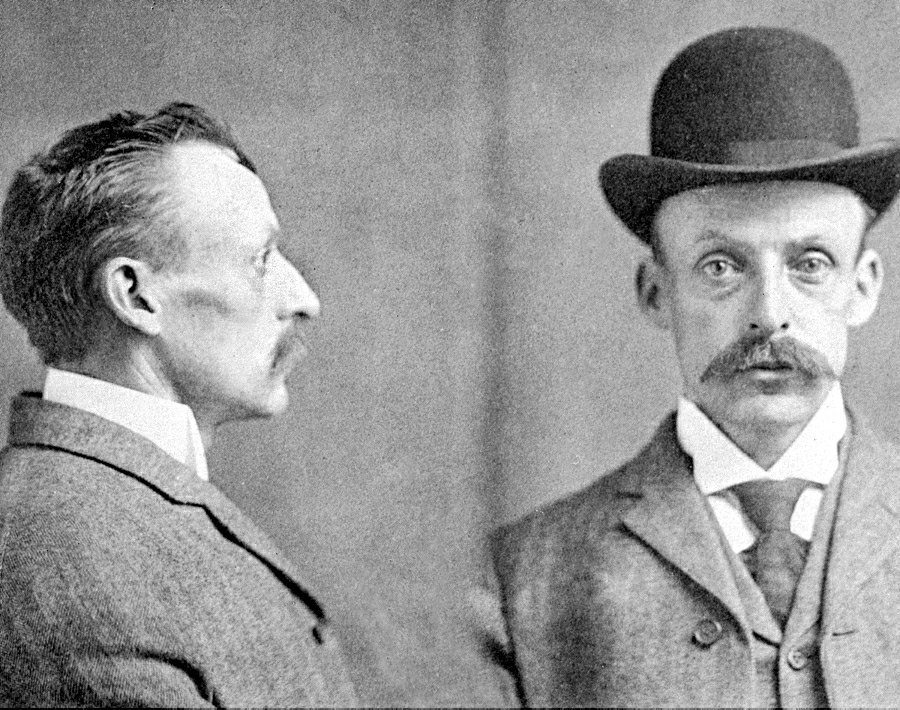
Born on May 19, 1870, in Washington, D.C., to Randall and Ellen Fish, Hamilton Howard “Albert” Fish had many names: the Brooklyn Vampire, the Werewolf of Wysteria, the Gray Man.
Small, quiet, and unassuming, he had a face that blended in with the crowd and a private life that would have frightened even the most hardened criminals.
As a child, Fish was plagued by mental illness — as were a number of his family members. Not only was his brother in an asylum, but his uncle had been diagnosed with mania — while his mother routinely experienced visual hallucinations.
His father was 75 years old at the time of Fish’s birth and died when Albert was just five years old. His widowed mother didn’t have the resources to care for Albert and his three siblings alone and left them with a state orphanage. It was there that he conceived a passion for pain.

The caretakers at the orphanage regularly beat the children and even occasionally encouraged the children to hurt each other. But while the other children lived in fear of painful punishments, Fish reveled in them.
“I was there ’til I was nearly nine, and that’s where I got started wrong,” Fish later recalled. “We were unmercifully whipped. I saw boys doing many things they should not have done.”
He came to enjoy and associate the pain with pleasure, which would later seep into sexual gratification. When his mother became mentally stable and financially self-sufficient enough to take him home in 1880, she removed him from the orphanage. But the damage had already been done.
Fish not only continued to administer his own beatings but began an unhealthy relationship with a telegraph boy in 1882. The child introduced him to the sexual practices of urolagnia and coprophagia, the consumption of human waste.
Eventually, his sadomasochistic tendencies led him to an obsession with sexual self-mutilation. He would regularly embed needles into his groin and abdomen and flog himself with a nail-studded paddle.
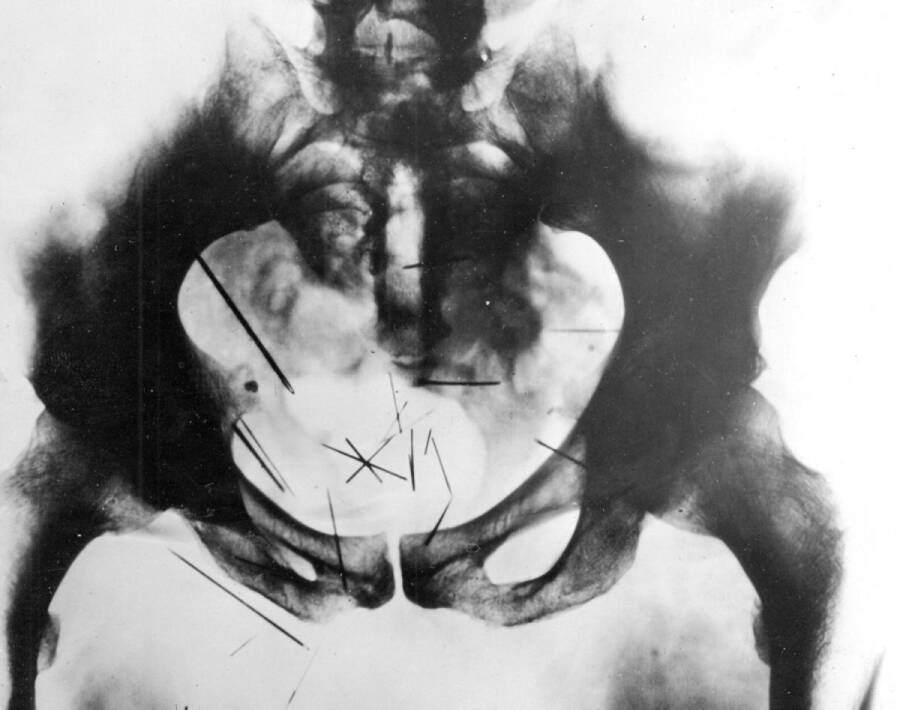
In 1890, after a 20-year-old Fish moved to New York City, his crimes against children began. He became increasingly curious about the pain of others and wasted no time after moving to New York City to learn more. He started prostituting himself and molesting young boys, whom he’d lure from their homes to rape and torture them. A nail-studded paddle was his favorite weapon.
Remarkably, in 1898 Fish married a woman his mother had introduced him to and fathered six children with her. While he never violently abused his own, Fish continued raping and torturing other children throughout their childhood.
In 1910, while working as a house painter in Delaware, Fish met Thomas Kedden. Fish and Kedden began a sadomasochistic relationship, though it is unknown how much of it Kedden actually consented to.
Only 10 days after their initial meeting, Fish lured Kedden to an abandoned farmhouse under the pretense of an assignation. When Kedden arrived, however, he found himself locked inside. For the next two weeks, Fish tortured Kedden.
By 1917, Fish was having difficulty concealing the symptoms of severe mental illness — leading his wife to leave him for another man. Fish’s self-harm grew thereafter, from pressing more and more needles into his groin to stuffing wool covered in lighter fluid into his anus — and setting it on fire. He began having auditory hallucinations, as well.
Fish began teaching his own children strange and oddly sadomasochist games, before developing an obsession with cannibalism. As a precursor to consuming human flesh, he began to eat raw meat — meals he often invited his children to share.
By 1919, his obsession with torture and cannibalism had brought him to contemplate murder. He began to look for vulnerable children, such as intellectually disabled orphans or homeless Black children — youths that he assumed wouldn’t be missed.
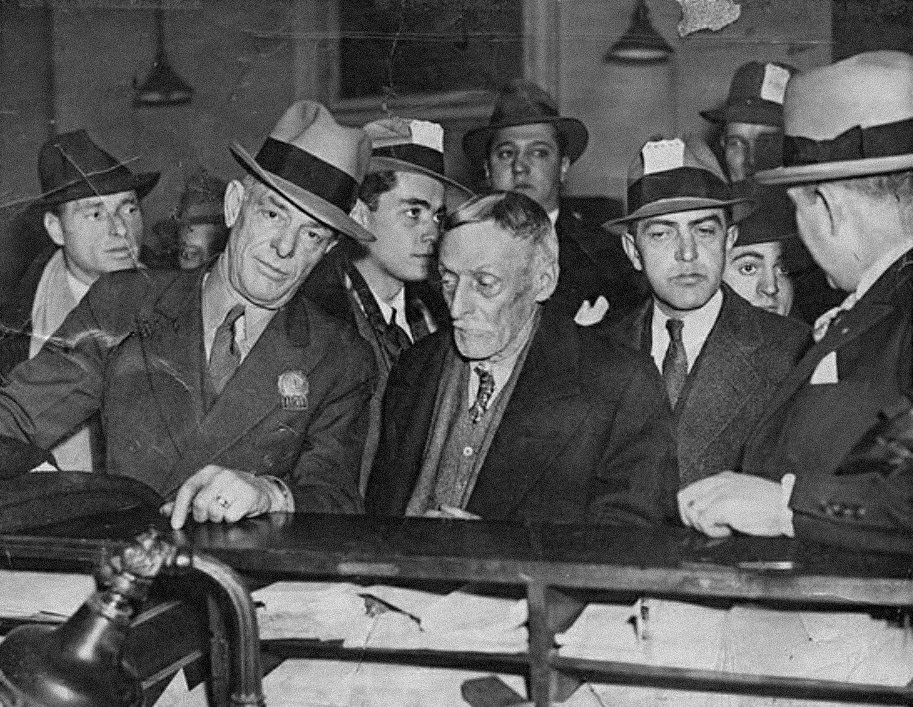
Fish would claim at his trial and in later writings that God was speaking to him, commanding him to torture and consume young children. Before he died, Albert Fish wrote a detailed account of all his crimes for his lawyer, who never shared the writings because they were simply too horrific.




